Robert Trent Jones Sr.
A name synonymous with golf course architecture whose firm pioneered the large-scale corporate model. The Open Doctor's work on hundreds of courses from the United States to Spain has been met with both acclaim and criticism.
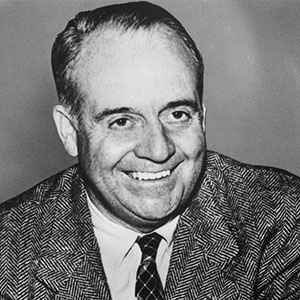
June 20, 1906, Ince, England
June 14, 2000, Fort Lauderdale, Florida, USA
Fried Egg Stories: The Open Doctor and His Monster
Fried Egg Stories: How to Make a Monster (The Open Doctor and His Monster, Part 1)
To many golfers (and even non-golfers) who lived in the post-World War II era, the name Robert Trent Jones is synonymous with golf course architecture. As Ron Whitten once put it in Golf Digest, Jones “did not invent golf course architecture, it only seems that way.” Such was the dominance of RTJ and his firm from 1945 through the end of the 20th century.
Bob Jones, as he was primarily known early in his life, was born near the English town of Wigan in 1906, but his family moved to East Rochester, New York, a few years before World War I. The young Jones learned the game while caddying at the Donald Ross-designed Country Club of Rochester, and became a professional at Sodus Bay Golf Club on Lake Ontario at the ripe age of 19. Jones decided early on that he wanted to be a golf architect, attending Cornell University and inventing his own course of study focused on landscape and golf course architecture.
Jones was exposed to two of the great architects of his day during the inter-war period. When Donald Ross was in Rochester to design Oak Hill Country Club (1926), Jones visited the construction site and, according to his own (potentially unreliable) account, spoke with the great man himself. And, as an intern for Stanley Thompson in 1930, he was given chief responsibility to design Midvale Golf & Country Club, also in his home city. In July, Jones and Thompson formalized a short-term partnership, and Jones soon recommended changes to Thompson’s Banff Springs (1932) and assisted with the construction of Capilano Golf and Country Club (1937). During the Great Depression, Jones led a number of public course builds in New York State with labor financed by the New Deal.
After World War II, Jones’s solo career exploded, with original designs at Peachtree Golf Club (1948, done in collaboration with the similarly named Bobby Jones) and The Dunes Golf and Beach Club (1949), along with high-profile modifications to Augusta National Golf Club (1948). After Peachtree, he adopted the middle name “Trent” to distinguish himself from the legendary amateur. After renovating the West Course at Winged Foot Golf Club in 1948, a year before the Walker Cup, Trent Jones began his career as the “Open Doctor,” tightening and toughening classic courses in preparation for the U.S. Open. This began, infamously, at the South Course at Oakland Hills Country Club (1950). With his reputation firmly established, Jones led notable new builds at Old Warson Country Club (1954), Point O’Woods Golf and Country Club (1958), Bellerive Country Club (1960), Pauma Valley Country Club (1960), Hazeltine National Golf Club (1962), and the South Course at Wilmington Country Club (1962). He also “Open Doctored” the Lake Course at the Olympic Club (1954), Southern Hills Country Club (1957), Oakmont Country Club (1964), the East Course at Oak Hill Country Club (1967), and Pinehurst No. 2 (1974).
The 1960s brought changes to RTJ’s firm: Jones hired associates who would soon become lead designers, and he began to design internationally. Roger Rulewich joined in 1961 and served as the primary architect for many of Jones’s U.S. commissions in the 70s, 80s, and 90s. Cabell Robinson, hired in 1967, headed Jones’s European office starting in 1970 and led most of the firm’s projects across the pond. In the 60s, RTJ created Club El Rincón de Cajicá (1963), Mauna Kea Golf Club (1964), and Real Club de Golf Sotogrande (1964) overseas, as well as continental American layouts at Golden Horseshoe Golf Club (1963), Atlanta Athletic Club (36 holes, 1964-66), Spyglass Hill Golf Course (1966), the North Course at Firestone Country Club (1969), and the Chanticleer Course at Greenville Country Club (1970). In the mid-1960s, Jones’s two sons, Robert Jr. and Rees, began helping their father with his projects before venturing out and creating their own firms, RTJII in 1972 and Rees in 1974.
At this stage in his career, Jones Sr. organized and promoted his builds by creating development and contracting firms, such as Mediterranean Golf and Robert Trent Jones International. His diverse late-career portfolio, often with Rulewich or Robinson as head designer, includes Real Club Valderrama (1975), Troia Golf Course (1980), the Cashen Course at Ballybunion Golf Club (1984), Golf du Palais Royal d’Agadir (1987), and Golf de Spérone (1990). Following U.S. layouts at Crumpin-Fox Club (1977) and Robert Trent Jones Golf Club (1990), Jones’s most notable late-career project was the Robert Trent Jones Golf Trail in Alabama. Built from 1992 to 1993, mainly by Rulewich, the Trail opened with eight locations and 378 holes of golf and has since expanded to 11 locations, all open to the public. This was certainly one of the most impressive golf construction achievements of the late 20th century.
Over his career, Jones also renovated hundreds of golf courses outside of his work as the Open Doctor. Many of these changes have been criticized as unfaithful to the original design, and intentionally undone. Jones died in 2000, aged 93, with his firm’s primary legacy the pioneering of a large-scale corporate model, emulated by architects like Jack Nicklaus, Arnold Palmer, and Tom Fazio.
Oak Hill Country Club (East Course)
Oak Hill East is stuck in the middle, attempting to fulfill the expectations of a modern championship venue without completely abandoning its Donald Ross roots
Oak Hill Country Club (East Course)
St. Louis Country Club
C.B. Macdonald's westernmost design is one of the most underrated golf courses in the country
St. Louis Country Club
Oakland Hills Country Club (South)
Oakland Hills South has a sensational Donald Ross design, and Gil Hanse’s recent renovation made it one of the finest American inland courses
Oakland Hills Country Club (South)
Congressional Country Club (Blue Course)
Recently redesigned by Andrew Green, Congressional Blue is a brawny modern championship venue with clever design, state-of-the-art conditioning, and a somewhat artificial aesthetic
Congressional Country Club (Blue Course)


Leave a comment or start a discussion
Engage in our content with thousands of other Fried Egg Golf Members
Engage in our content with thousands of other Fried Egg Golf Club Members
Get full access to exclusive benefits from Fried Egg Golf
- Member-only content
- Community discussions forums
- Member-only experiences and early access to events

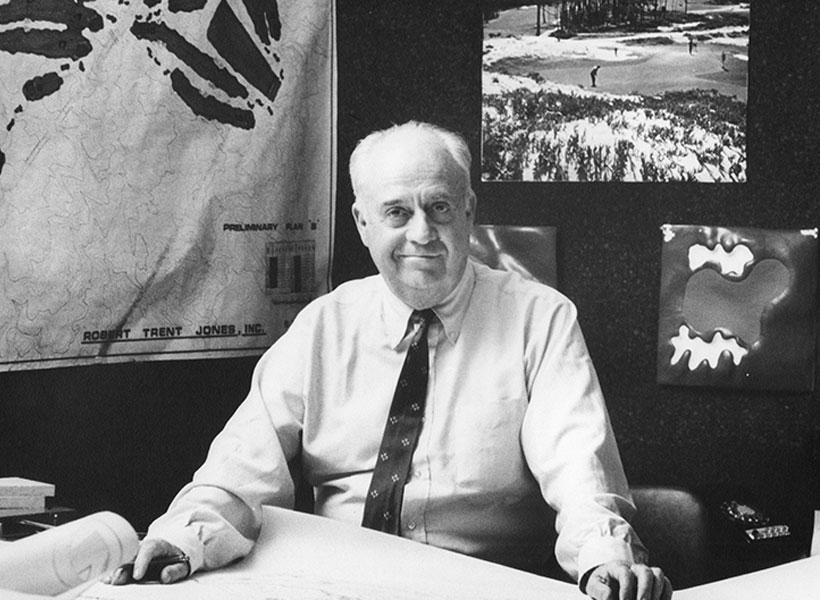
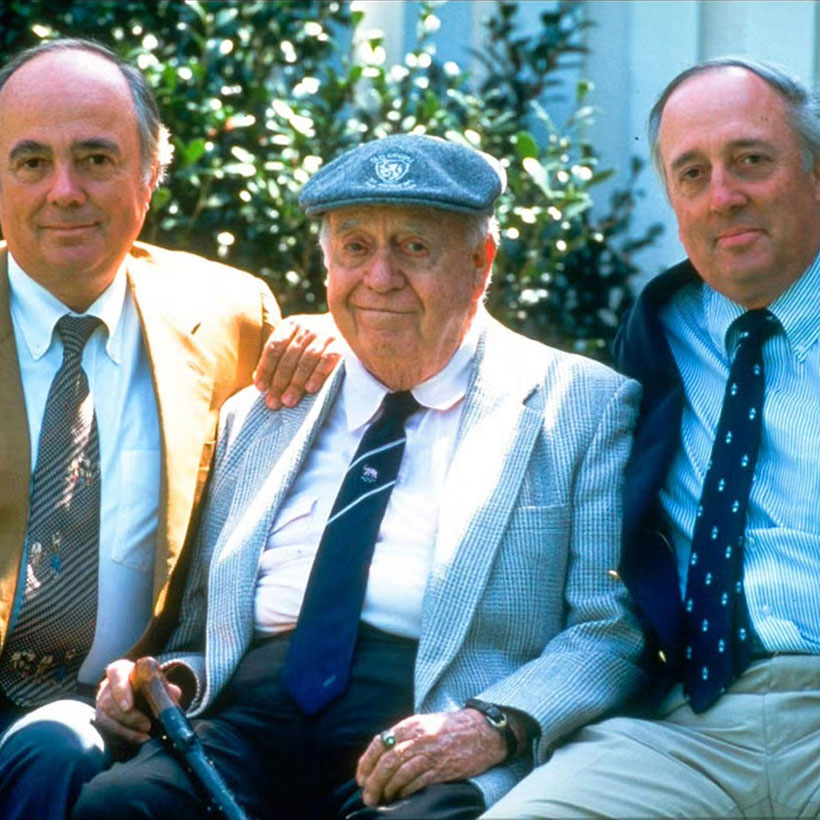
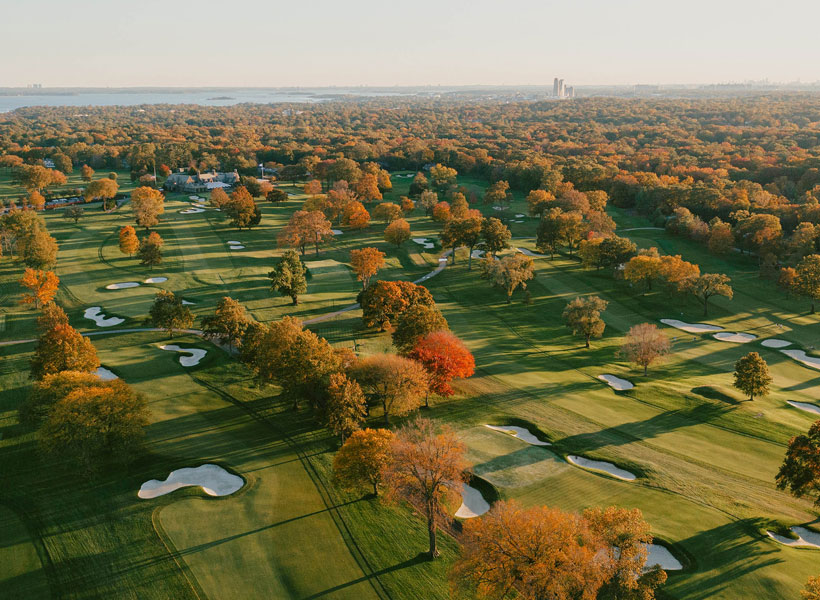
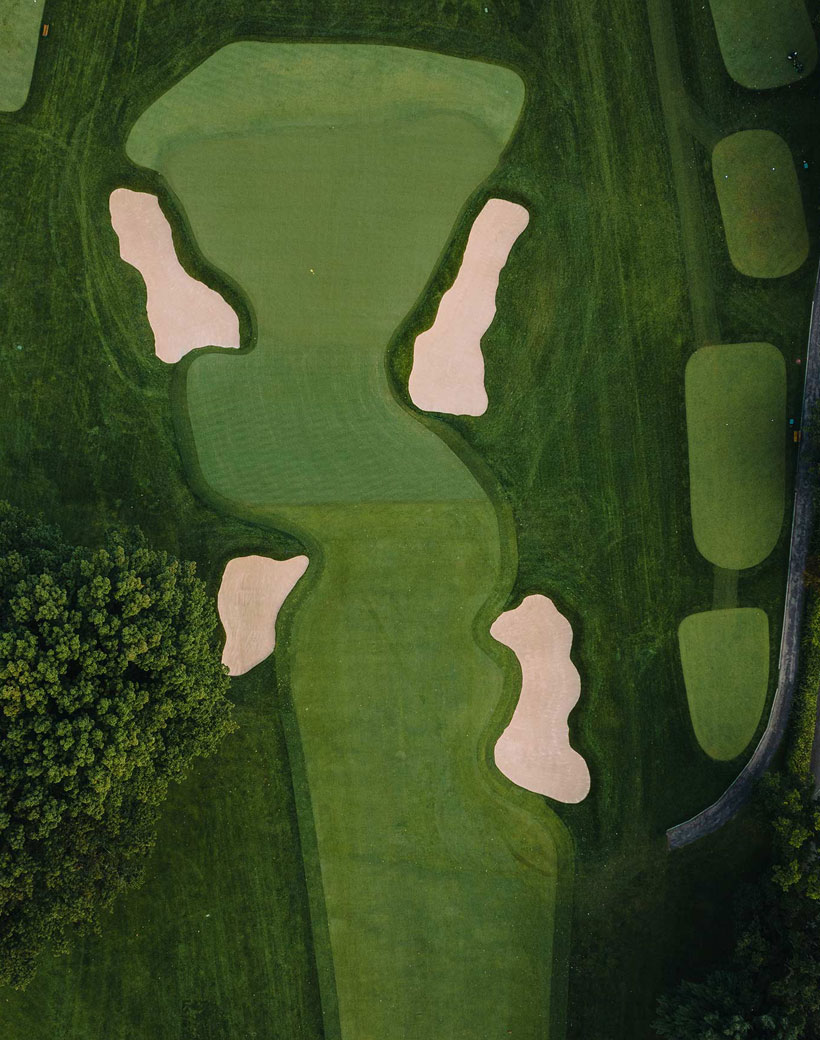
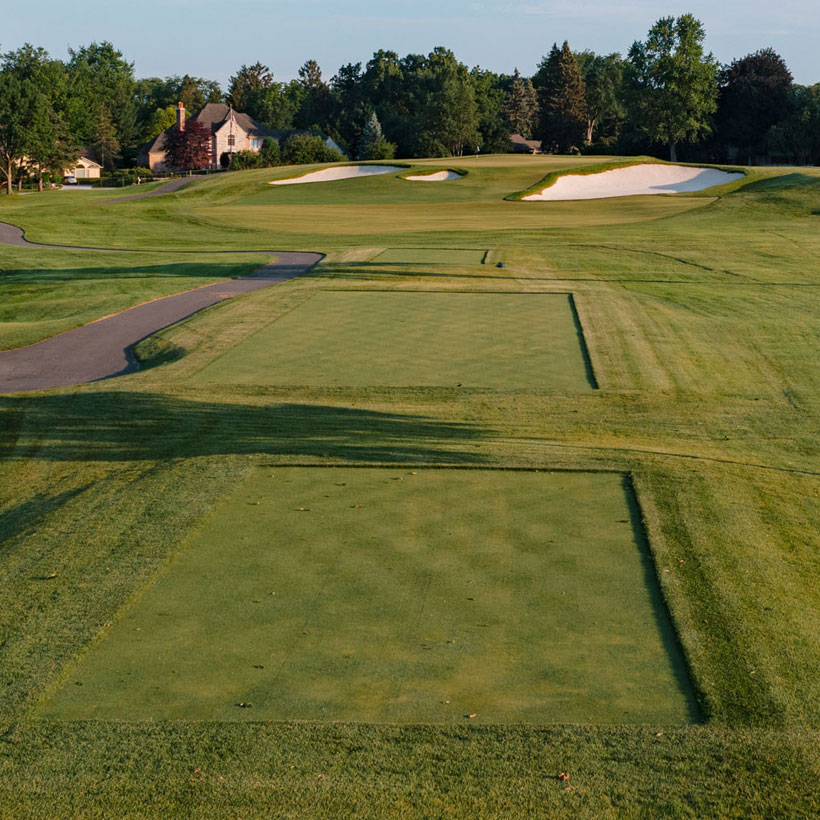









Leave a comment or start a discussion
Lorem ipsum dolor sit amet, consectetur adipiscing elit. Suspendisse varius enim in eros elementum tristique. Duis cursus, mi quis viverra ornare, eros dolor interdum nulla, ut commodo diam libero vitae erat. Aenean faucibus nibh et justo cursus id rutrum lorem imperdiet. Nunc ut sem vitae risus tristique posuere. uis cursus, mi quis viverra ornare, eros dolor interdum nulla, ut commodo diam libero vitae erat. Aenean faucibus nibh et justo cursus id rutrum lorem imperdiet. Nunc ut sem vitae risus tristique posuere.